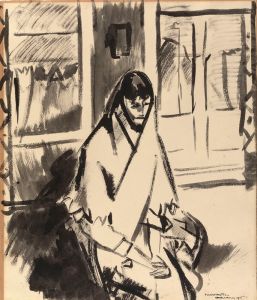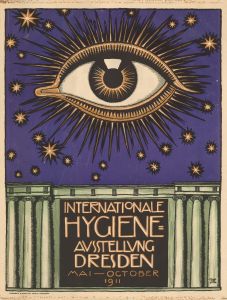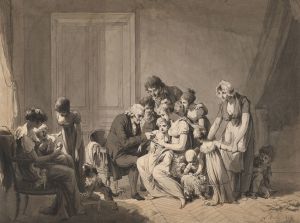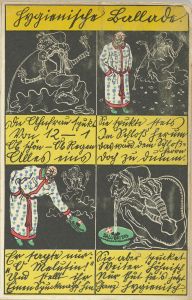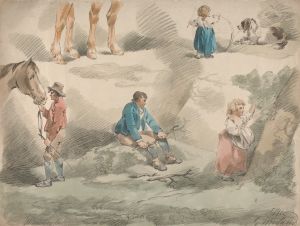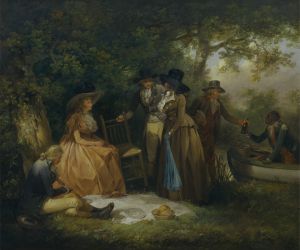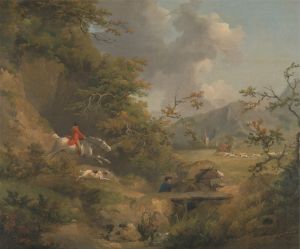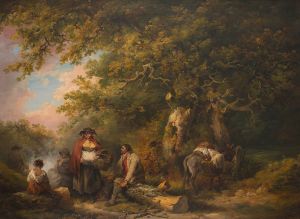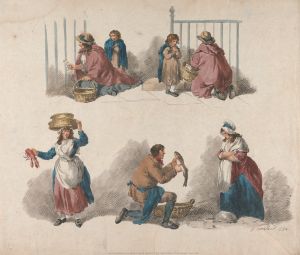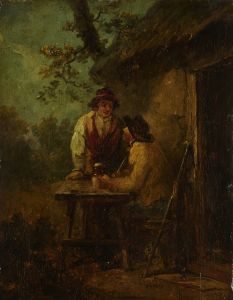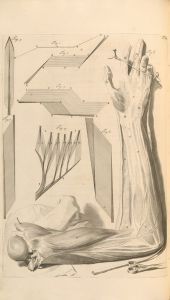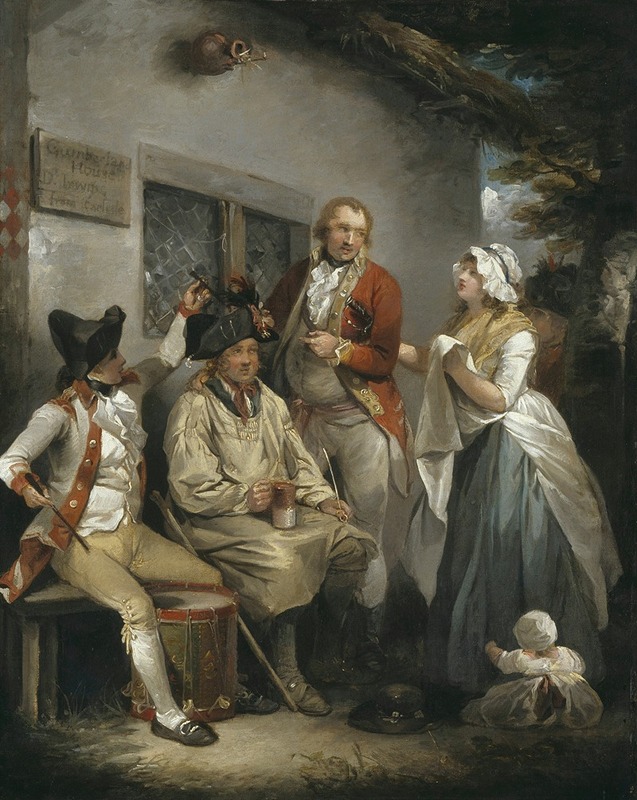
Trepanning a Recruit
A hand-painted replica of George Morland’s masterpiece Trepanning a Recruit, meticulously crafted by professional artists to capture the true essence of the original. Each piece is created with museum-quality canvas and rare mineral pigments, carefully painted by experienced artists with delicate brushstrokes and rich, layered colors to perfectly recreate the texture of the original artwork. Unlike machine-printed reproductions, this hand-painted version brings the painting to life, infused with the artist’s emotions and skill in every stroke. Whether for personal collection or home decoration, it instantly elevates the artistic atmosphere of any space.
George Morland was an English painter known for his rustic and genre scenes, often depicting rural life and the countryside. One of his works, "Trepanning a Recruit," exemplifies his interest in capturing everyday life and the human condition. Morland was active during the late 18th and early 19th centuries, a period marked by significant social and political changes in England, which often influenced the themes of his artwork.
"Trepanning a Recruit" is a painting that reflects Morland's ability to portray scenes with a sense of realism and empathy. The term "trepanning" refers to a medical procedure that involves drilling a hole into the skull, historically used to treat various ailments, including head injuries and mental disorders. In the context of this painting, the title suggests a scene involving a military recruit undergoing this procedure, which may have been a commentary on the harsh realities faced by soldiers during that era.
Morland's work often highlighted the lives of ordinary people, and "Trepanning a Recruit" is no exception. The painting likely depicts a moment of vulnerability and humanity, focusing on the recruit's experience. Morland's attention to detail and his ability to convey emotion through his subjects are evident in this piece. His use of color and composition would have been employed to draw the viewer into the scene, creating a sense of immediacy and engagement with the subject matter.
The painting fits within Morland's broader oeuvre, which frequently included themes of rural and working-class life. His works were popular during his lifetime, appealing to both the upper and middle classes who were fascinated by depictions of the countryside and the lives of those who lived there. Morland's paintings often contained moral or social messages, subtly critiquing or highlighting aspects of society.
George Morland's career was marked by both success and personal struggles. Despite his talent and popularity, he faced financial difficulties and personal challenges, including issues with alcohol. These struggles sometimes influenced the tone and subject matter of his work, adding a layer of complexity to his paintings.
"Trepanning a Recruit" is an example of Morland's ability to blend social commentary with artistic skill, creating works that resonate with viewers both in his time and today. His paintings remain significant for their historical value and their insight into the lives of people during the late 18th and early 19th centuries.
While specific details about "Trepanning a Recruit" may be limited, the painting is a testament to Morland's enduring legacy as an artist who captured the essence of his time with sensitivity and skill. His work continues to be studied and appreciated for its contribution to English art and its reflection of the social and cultural dynamics of his era.






